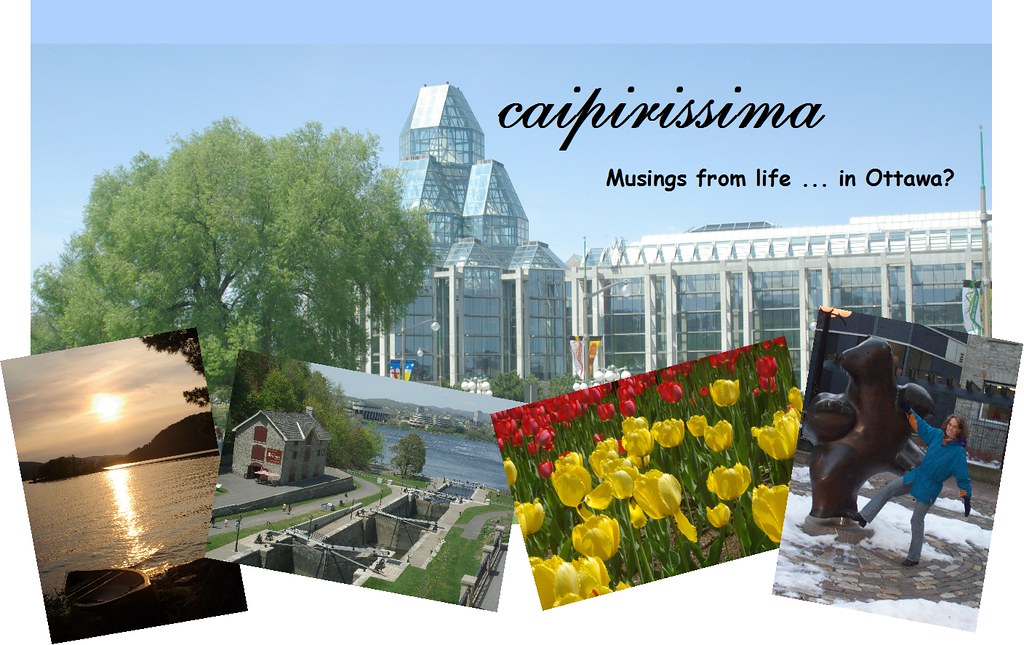New Years in Rio
 This year, I spent New Years Eve on Copacabana Beach with two million of my closest friends. News Years in Rio is something else! The city starts filling up in the days before new years and the hotels benefit by creating three or four-day packages for guests. My initial search for a hotel room resulted in the discovery of the R$5000 room at the Copacabana Palace. Granted the Palace is the chiquest hotels in Rio, but the C$2250 price tag seemed a little steep for a double room! Fortunately, there were a few slightly better deals to be had nearby.
This year, I spent New Years Eve on Copacabana Beach with two million of my closest friends. News Years in Rio is something else! The city starts filling up in the days before new years and the hotels benefit by creating three or four-day packages for guests. My initial search for a hotel room resulted in the discovery of the R$5000 room at the Copacabana Palace. Granted the Palace is the chiquest hotels in Rio, but the C$2250 price tag seemed a little steep for a double room! Fortunately, there were a few slightly better deals to be had nearby.
We were a gang of five for the trip, Nell and Claire visiting from Canada, Ysa in from Paraguay, and Simone, a local colleague from the Embassy. We also met up with some Canadian / Brazilian friends who have recently moved to Brazil. The morning and early afternoon was spent lazing around Ipanema Beach (yes ... we also went to the bar from which Tom Jobim caught a glimpse of the girl from Ipanema ....). The beach was a lot of fun, as Claire and Nell were introduced to the variety of products that can be bought on a popular Brazilian beach by simply staying put. Some of the more interesting items include fried cheese (ambulant vendors carry around little charcoal barbeques and they will fry you up cubes of cheese on a stick. It's quite yummy!); bikinis (in case you either forgot yours or realised that yours has far too much material); clothes (this was a good thing since in my haste to pack for my four days in Rio, I forgot to pack any t-shirts. Nice ....); and beer and hard liquor (rules governing public drinking in Brazil are lax to say the least).
Towards the end of the afternoon, we headed back home to get ready for the evening. In Rio, it is tradition to dress all in white for New Years Eve in honour of the goddess of the sea Iemanja. Although Brazil is majoritarily Roman Catholic, there are two religious movements -- Candomble and Umbanda -- which blend elements of Catholicism with African religions brought over by the slaves during the slave trade between the 16th and 19th centuries. One of the main African religious influences came from the Yoruba from Nigeria and Benin who worshipped a pantheon of sixteen deities, or orishas (orixas, in Portuguese), all under the tutelage of the main god Olodumare. The structural similarity between the Yoruban god and deities and the Catholic hierarchy of the saints, led to an easy syncretisation between the two religions, and Candomble and subsequently Umbanda were born.
Iemanja is the goddess of sea and the patron saint of sailors and fishermen. She also overseas fertility and motherhood and is depicted as either a mermaid or a woman dressed in white and blue with pearls. Aside from dressing in white, it is custom to make offerings to Iemanja on New Years Eve. Flowers are thrown into the sea and offerings of candles, perfume, rice, and more flowers are set up on the beach. The streets of Rio are overflowing with flower vendors throughout the day. It is an amazing site to see millions of people all dressed in white wading into the ocean and throwing white lilies and other flowers into the waves.
Our little group participated in the rituals and enjoyed the rest of the festivities on the beach -- fireworks, concerts, and shows. There was a moment of panic when we were tossing our flowers into the ocean and the current swept away my sandals. Images of having to walk home through the post-party streets of Rio with no shoes was not a welcome thought. Fortunately, some children found my shoes several metres away where they had resurfaced. The evening -- and my soles / souls -- were saved.
"The ocean is large, the sea is a road without end, waters make up more than half the world, they are three-quarters of it, and all that belongs to Iemanja. There she combs her hair (beautiful slave girls come with combs of silver and ivory), hears the prayers of the women of the sea, unleashes storms, chooses the men she is to take on the bottomless journey to the depths of the sea. And it is here that her feast takes place. Because the night of the feast of Iemanja is a thing of beauty. On those nights the sea is of a color between blue and green, the moon is always in the sky, the stars accompany the lanterns on the sloops, Iemanja slowly spreads her hair out toward the sea and there is nothing in the world as beautiful (sailors on big ships that travel all over always say) than the color that emerges from the mingling of Iemanja`s hair with the sea." - Jorge Amado


0 Comments:
Post a Comment
<< Home